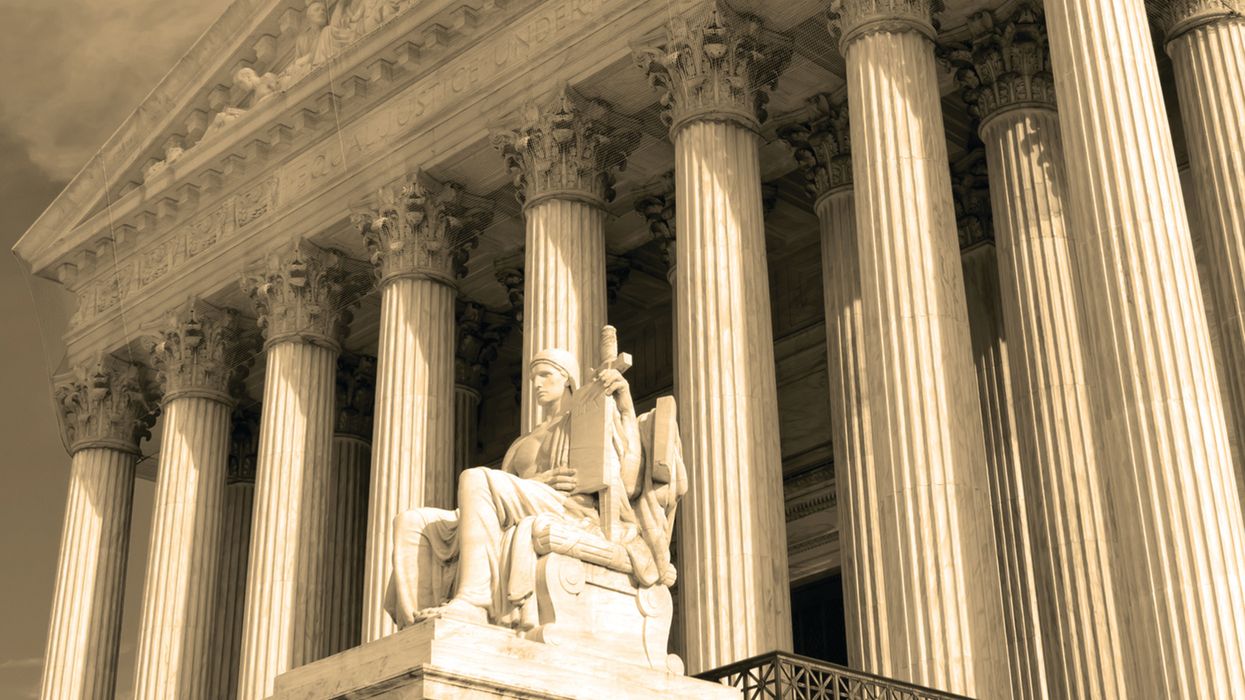Supreme Court grants stay of OSHA COVID-19 ETS
OSHA’s COVID-19 Vaccination or Testing Emergency Temporary Standard (ETS) final rule that was published on November 5, 2021, is on ice (for now). The Supreme Court in a vote of 6 to 3 granted a stay of the rule, pending a court decision (if any) on the merits of the OSHA rule itself.
Stating that the applicants (National Federation of Independent Business (NFIB), et. al. and Ohio, et al.) are likely to prevail in the case about the merits, Justice Brett Kavanaugh penned the Supreme Court order that granted the applications for a stay of the rule. The court order explains that:
- Requiring 84 million Americans to either obtain a COVID-19 vaccine or undergo weekly medical testing at their own expense is a significant encroachment into the lives, and health, of a vast number of employees.
- The OSHA rule would exercise powers of vast economic and political significance.
- Although COVID-19 is a risk that occurs in many workplaces, it is not an “occupational” hazard in most. Instead, COVID-19 is a universal risk no different from day-to-day dangers that all face from any number of communicable diseases.
- Permitting OSHA to regulate the hazards of daily life — simply because most Americans have jobs and face those same risks while on the clock — would significantly expand OSHA’s regulatory authority without clear congressional authorization.
- OSHA could regulate risks associated with working in particularly crowded or cramped environments, but the danger there is different than the everyday risk of contracting COVID-19 that all face.
- OSHA’s indiscriminate approach fails to account for this crucial distinction — between occupational risk and risk more generally — and accordingly the mandate takes on the character of a general public health measure, rather than an “occupational” safety or health standard.
- While the OSHA rule may save over 6,500 lives and prevent hundreds of thousands of hospitalizations, it is not the Supreme Court’s role to weigh tradeoffs, but rather the responsibility of those chosen by the people through democratic processes.
- Although Congress has indisputably given OSHA the power to regulate occupational dangers, it has not given that agency the power to regulate public health more broadly.
In their dissenting opinion, three Justices opposed a stay the rule, and explain that:
- The rule falls within the core of OSHA’s mission — to “protect employees” from “grave danger” that comes from “new hazards” or exposure to harmful agents.
- The applicants are not “likely to prevail” under any proper view of the law.
- Given the extensive evidence in the record supporting OSHA’s determinations about the risk of COVID–19 and the efficacy of masking, testing, and vaccination, a court could not conclude that the rule fails substantial-evidence review.
- The statute at 29 U.S.C. 651(b) generally charges OSHA with “assur[ing] so far as possible ... safe and healthful working conditions.” That provision authorizes regulation to protect employees from all hazards present in the workplace — or, at least, all hazards in part created by conditions there. It does not matter whether those hazards also exist beyond the workplace walls.
- OSHA has established that COVID–19 poses special risks in most workplaces, across the country and across industries.
- The OSHA rule responds to a workplace health emergency unprecedented in the agency’s history: an infectious disease that has already killed hundreds of thousands and sickened millions; that is most easily transmitted in the shared indoor spaces that are the hallmark of American working life; and that spreads mostly without regard to differences in occupation or industry.
- The OSHA rule is informed by a half century of experience and expertise in handling workplace health and safety issues. When we are wise, we know not to displace the judgments of experts, acting within the sphere Congress marked out and under Presidential control, to deal with emergency conditions.
The latest stay means that the ETS is currently not in effect. However, employers are urged to watch for further court developments.
While the ETS is stayed, OSHA could appeal to the Sixth Circuit Court of Appeals for a hearing on the merits of the rule. Such an appeal would need to be timely. Until a court development that hands OSHA a win on the merits of the rule, the ETS is not in effect.
SOURCE: Supreme Court order in Case Nos. 21A244 and 21A247 – 1/13/2022
News Update 1: On January 13, Labor Secretary Marty Walsh issued the following statement on the Supreme Court ruling: “I am disappointed in the court’s decision, which is a major setback to the health and safety of workers across the country ... We urge all employers to require workers to get vaccinated or tested weekly ... Employers are responsible for the safety of their workers on the job, and OSHA has comprehensive COVID-19 guidance to help them uphold their obligation. Regardless of the ultimate outcome of these proceedings, OSHA will do everything in its existing authority to hold businesses accountable for protecting workers, including under the Covid-19 National Emphasis Program and General Duty Clause.”
Editorial changes: On January 18, we made changes to the first and last two paragraphs of the main article. Please note that while the ETS is stayed, OSHA could appeal to the Sixth Circuit Court of Appeals for a hearing on the merits of the rule. Such an appeal would need to be timely.
News Update 2: On January 25, the Federal Register announced it planned to publish an OSHA action on January 26. The action would withdraw the Nov. 5, 2021, ETS, which the agency had issued to protect unvaccinated employees of large employers (100 or more employees) from the risk of contracting COVID-19 by strongly encouraging vaccination.




















































